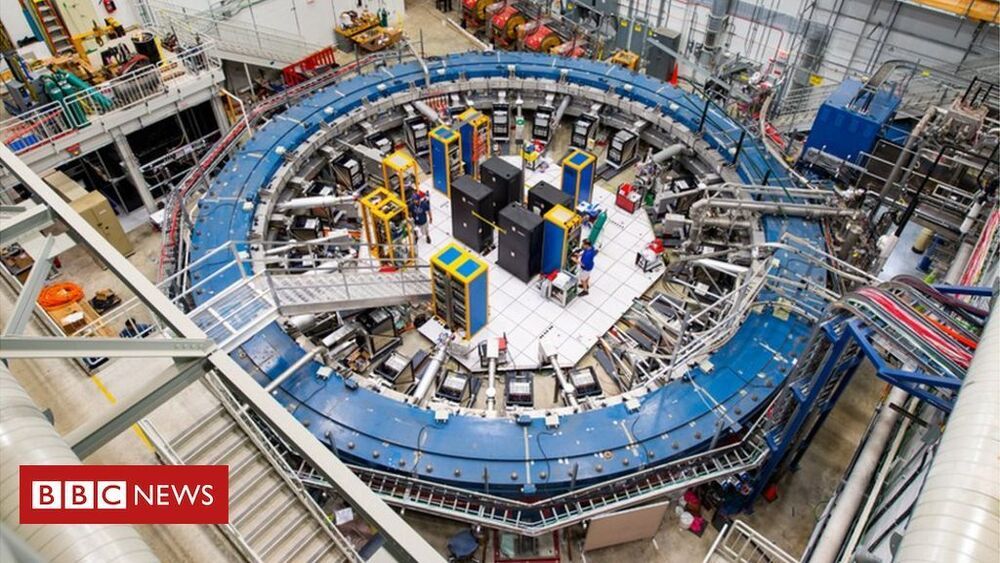A hunt for hypothetical axions streaming from Betelgeuse turns up empty but helps physicists set constraints on their properties.
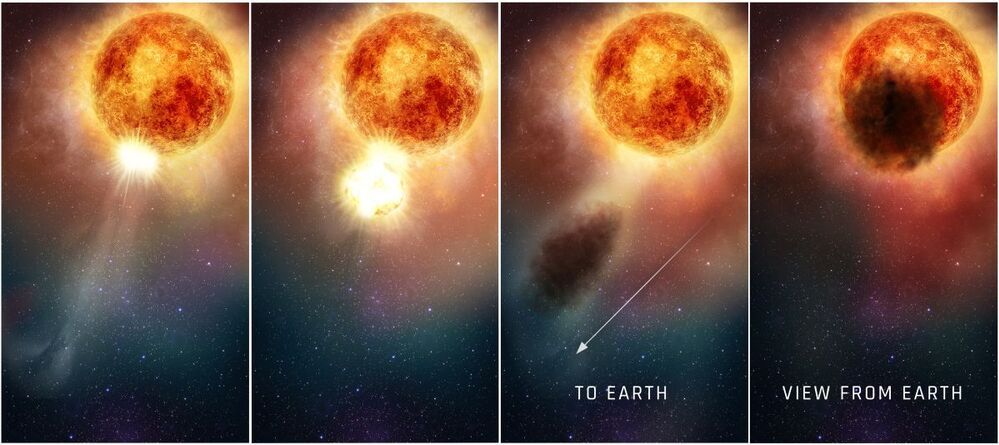

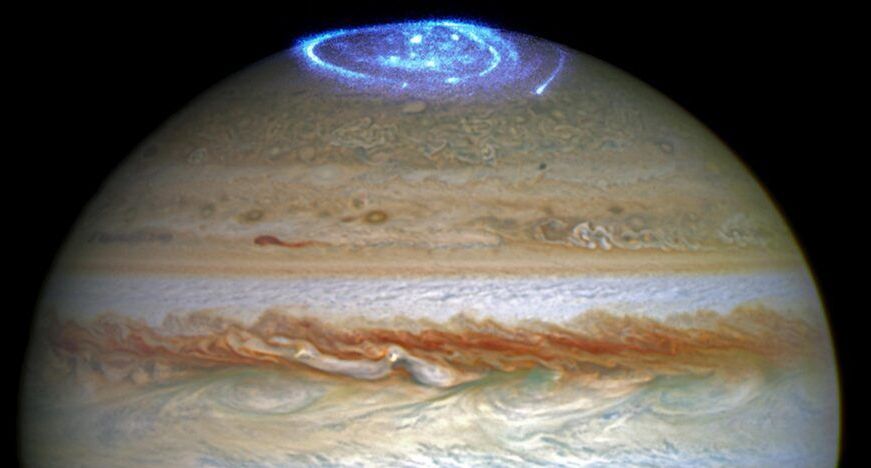
Auroral displays continue to intrigue scientists, whether the bright lights shine over Earth or over another planet. The lights hold clues to the makeup of a planet’s magnetic field and how that field operates.
New research about Jupiter proves that point — and adds to the intrigue.
Peter Delamere, a professor of space physics at the University of Alaska Fairbanks Geophysical Institute, is among an international team of 13 researchers who have made a key discovery related to the aurora of our solar system’s largest planet.
Stephen Hawking thought an asteroid impact posed the greatest threat to life on Earth. Thanks to Kiwico for sponsoring this video. For 50% off your first month of any crate, go to https://kiwico.com/veritasium50
For other potential world ending catastrophes, check out Domain of Science: https://ve42.co/DoS
Special thanks to:
Prof. Dave Jewitt from UCLA Earth, Planetary, and Space Sciences.
Prof. Mark Boslough from Sandia National Labs.
Scott Manley: https://www.youtube.com/user/szyzyg.
Ryan Wyatt at Morrison Planetarium.
Prof. Amy Mainzer.
Alexandr Ivanov for the opening shot of Chelyabinsk Meteor.
Maps of Asteroid Impacts —https://ve42.co/Map.
Time passing animation from Universe Sandbox — http://universesandbox.com/
Opposition Effect — https://ve42.co/Belskaya2000
Belskaya, I. N., & Shevchenko, V. G. (2000). Opposition effect of asteroids. Icarus, 147, 94–105.
Potentially Hazardous Asteroids — https://ve42.co/Perna2013

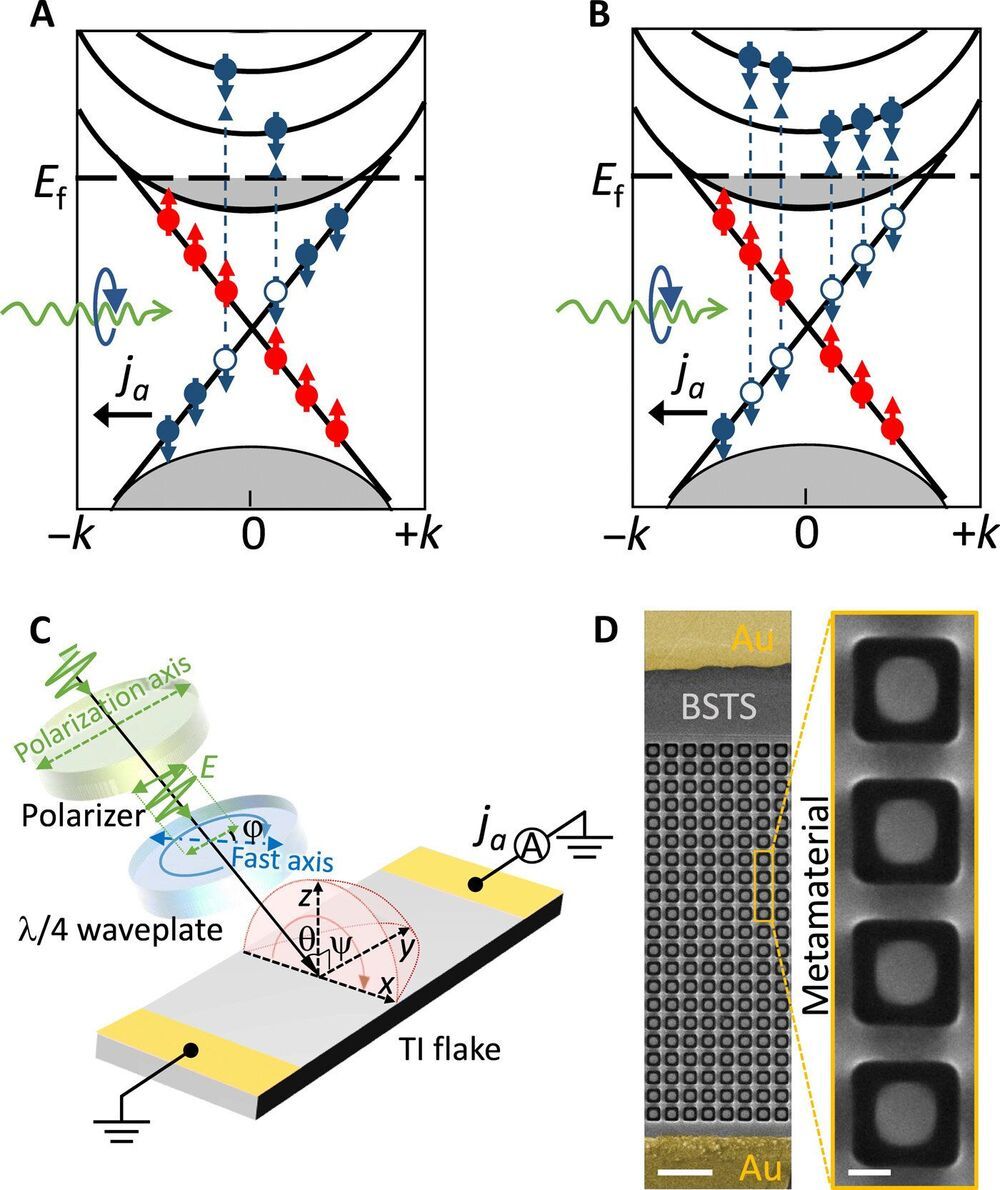
Topological insulators have notable manifestations of electronic properties. The helicity-dependent photocurrents in such devices are underpinned by spin momentum-locking of surface Dirac electrons that are weak and easily overshadowed by bulk contributions. In a new report now published on Science Advances, X. Sun and a research team in photonic technologies, physics and photonic metamaterials in Singapore and the U.K. showed how the chiral response of materials could be enhanced via nanostructuring. The tight confinement of electromagnetic fields in the resonant nanostructures enhanced the photoexcitation of spin-polarized surface states of a topological insulator to allow an 11-fold increase of the circular photogalvanic effect and a previously unobserved photocurrent dichroism at room temperature. Using this method, Sun et al. controlled the spin transport in topological materials via structural design, a hitherto unrecognized ability of metamaterials. The work bridges the gap between nanophotonics and spin electronics to provide opportunities to develop polarization-sensitive photodetectors.
Chirality
Chirality is a ubiquitous and fascinating natural phenomenon in nature, describing the difference of an object from its mirror image. The process manifests in a variety of scales and forms from galaxies to nanotubes and from organic molecules to inorganic compounds. Chirality can be detected at the atomic and molecular level in fundamental sciences, including chemistry, biology and crystallography, as well as in practice, such as in the food and pharmaceutical industry. To detect chirality, scientists can use interactions with electromagnetic fields, although the process can be hindered by a large mismatch between the wavelength of light and the size of most molecules at nanoscale dimensions. Designer metamaterials with structural features comparable to the wavelength of light can provide an independent approach to devise optical properties on demand to enhance the light-matter interaction to create and enhance the optical chirality of metamaterials. In this work, Sun et al.
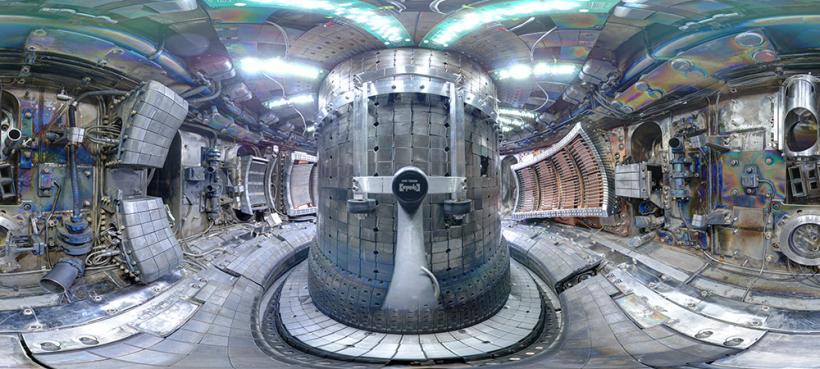
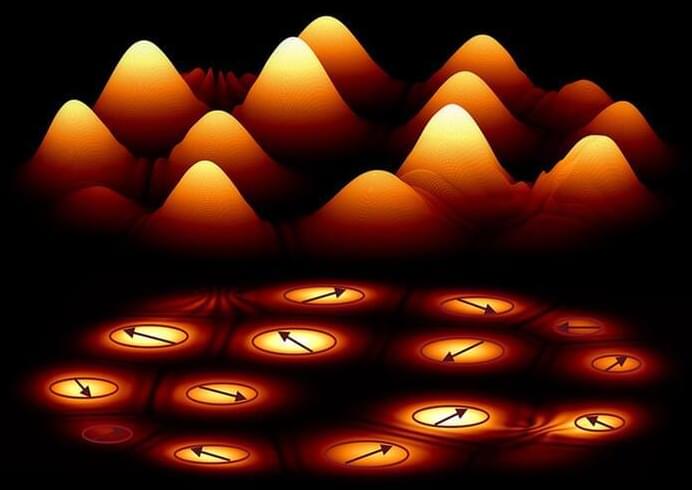
Using intuition, educated guesswork and computer simulations, condensed matter physicists have become better at figuring out which quasiparticles are theoretically possible. Meanwhile in the lab, as physicists push novel materials to new extremes, the quasiparticle zoo has grown quickly and become more and more exotic. “It really is a towering intellectual achievement,” said Natelson.
Recent discoveries include pi-tons, immovable fractons and warped wrinklons. “We now think about quasiparticles with properties that we never really dreamt of before,” said Steve Simon, a theoretical condensed matter physicist at the University of Oxford.
Here are a few of the most curious and potentially useful quasiparticles.
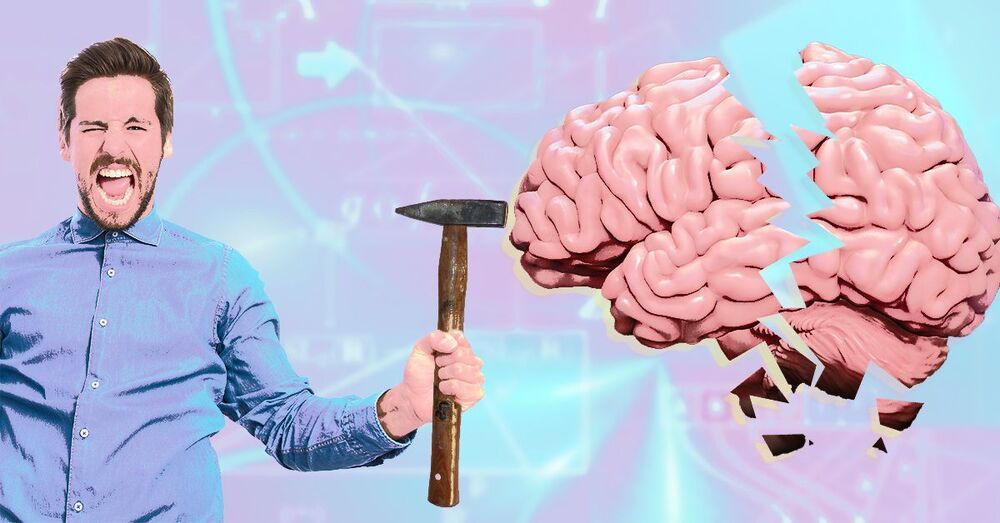
A team of theoretical physicists working with Microsoft today published an amazing pre-print research paper describing the universe as a self-learning system of evolutionary laws.
In other words: We live inside a computer that learns.
The big idea: Bostrom’s Simulation Argument has been a hot topic in science circles lately. We published “What if you’re living in a simulation, but there’s no computer” recently to posit a different theory, but Microsoft’s pulled a cosmic “hold my beer” with this paper.
